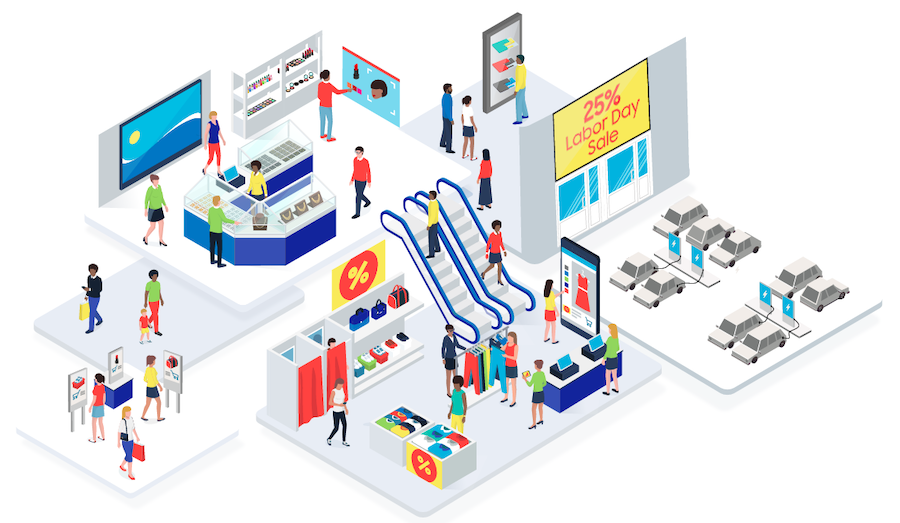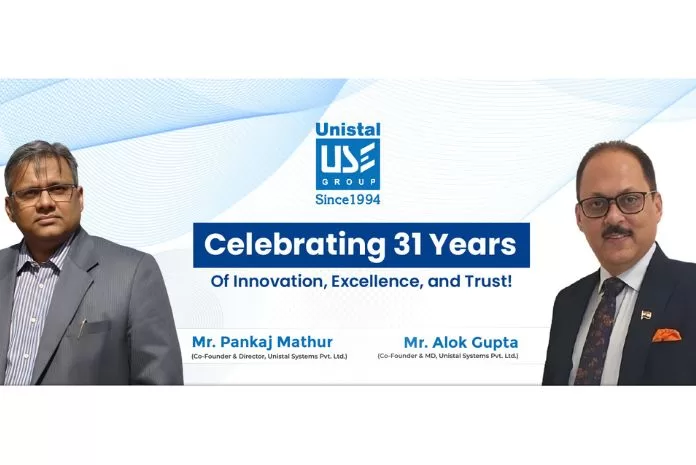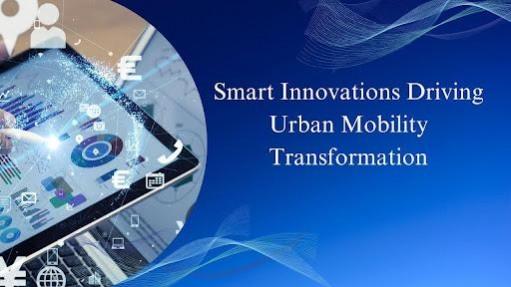
Prime Minister Narendra Modi on Thursday said the successful docking of the satellites of the SpaDEX mission is a significant stepping stone for India’s ambitious space missions in the years to come.
India became the fourth nation to ace the space docking technology, after the US, Russia, and China, as the Indian Space Research Organisation (ISRO) informed the merging of two small spacecraft — SDX01, the Chaser, and SDX02, the Target — weighing about 220 kg each.
“Congratulations to our scientists at @isro and the entire space fraternity for the successful demonstration of space docking of satellites,” PM Modi said in a post on X social media platform.
“It is a significant stepping stone for India’s ambitious space missions in the years to come,” he added.
The satellites were part of the Space Docking Experiment (SpaDeX) mission, which lifted off aboard the PSLV-C60 rocket, from Sriharikota on December 30.
“Docking successfully completed. India became the 4th country to achieve successful Space Docking. Congratulations to the entire team! Congratulations to India!” ISRO posted.
Dr V. Narayanan, Secretary DOS, Chairman of Space Commission, and Chairman ISRO, congratulated the team ISRO.

On Sunday, the two satellites came as close as three metres in a trial attempt for space docking up to 15 m. It later moved back to a safe distance.
But now, “manoeuvre from 15m to 3m hold point completed”, ISRO said while noting that the docking was achieved “with precision, leading to successful spacecraft capture”.
The docking technology was indigenously developed and has been named the ‘Bharatiya Docking System’.
The SpaDeX mission will help establish India’s capability in orbital docking — a key technology for future human spaceflight and satellite servicing missions. The docking technology is also key for India’s impending space missions including the Moon mission, setting up the Indian space station, and lunar missions like Chandrayaan-4 without the support of GNSS from Earth.
(With inputs from IANS)






![Samsung expands Galaxy Ring sizes; enhances sleep tracking [details] Samsung expands Galaxy Ring sizes; enhances sleep tracking [details]](https://data1.ibtimes.co.in/en/full/809719/samsung-expands-galaxy-ring-sizes-enhances-sleep-tracking-details.jpg?h=450&l=50&t=40)
![Samsung expands Galaxy Ring sizes; enhances sleep tracking [details] Samsung expands Galaxy Ring sizes; enhances sleep tracking [details]](https://data1.ibtimes.co.in/en/full/809720/samsung-expands-galaxy-ring-sizes-enhances-sleep-tracking-details.png?h=450&l=50&t=40)
